How can you price your courses so they do really well when you promote them with paid advertising?
The cost of ads has risen substantially.
And it’s only going up from here.
Which means your pricing will be changing as well.
I’ve seen substantial changes in people’s pricing structure in this year alone.
So what’s changed?
Let’s talk about how you can structure your offers so they can actually scale with paid advertising now.
Table of Contents
Rising Advertising Costs
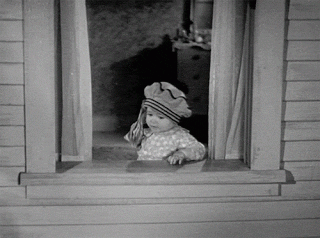
You used to be able to sell cheaper online products (sub $300) with paid ads like Facebook and Google successfully and actually make money because the cost of ads were so cheap.
Now with rising costs of advertising it’s causing the pricing model to shift.
3 Pricing Models That People Use
There are three pricing models that people use that I classify as:
- Low ticket which is sub $100 products
- Mid range which is around $500 to $2,000 products
- High ticket which is anything over $2000 +
What we’re seeing more and more is people polarizing themselves into either low ticket or high ticket.
What do I mean by that? Let’s break it down.
Low Ticket Offers
Low ticket offers are small products selling online for prices like $27, $47, $99, etc.
A lot of times they’re eBook books, mini-courses, things like that.
When you’re selling a low ticket offer with paid ads the goal is not to make a bunch of money.
The objective with low ticket offers is to bring in customers at break even so you’re basically covering your ad spend and then selling them higher ticket products.
When you see Frank Kern selling his $5 ebook, he’s not crushing it selling $5 ebooks.
He’s crushing it by getting thousands of customers for $0 and then selling them on other products down the line.
A lot of people who are making “big money” with low ticket offers typically have a strong organic following where they’re selling from website traffic to their email list and social media network.
But most often low ticket offers work really well with ad platforms as a break-even “self-liquidating offer” (meaning the offer pays for its own ad costs).
The sales you generate pay for your advertising costs for the month. Which means you’re not losing any money to acquire new paying customers.
And that’s not a bad place to be if you have something else to sell down the road.
But if you’re just getting started in the information space and you’re thinking about starting with a low-ticket product, the challenge often comes down to the fact that you don’t have anything else to sell somebody.
If you don’t have anything else to sell after that $27 product you’re not going to have a hard time making money because you’re going to spend all of your money acquiring customers with nothing else to throw to them.
Mid Range Offers
It’s getting more challenging to run these types of middle-range offers where you are selling products between $500 – $2,000.
Don’t get me wrong, these still work insanely well.
But the rising cost of advertising and the rising competition online is making selling products in this middle range harder for new businesses to break into.
Often what people do in this mid-range is run evergreen webinars.
If you’re going to sell a $1,000 product for example over a webinar, you need to have an exceptional product and offer, be really good at doing webinars, and you have to have everything just right throughout your sales funnel.
Add advertising to that in a competitive marketplace and you’ll quickly find out ads are expensive and it’s going to cost you a lot of money to acquire the next customer and come out profitable.
Where two years ago you might have been able to spend $300 on ads to sell a $1,000 course over a webinar, now you’re spending $600 to acquire that same customer.
If all you have is that $1,000 course and no other products to sell them your margins are getting eaten away in ad costs.
And ad costs are only going up. So you either have to increase your conversion rates or increase your prices over time.
High Ticket Offers
A big trend we’re seeing is more and more companies are moving towards high ticket sales over the phone.
And it’s working exceptionally well for coaches, consultants, experts, agencies, and service providers.
As well as people who don’t already have a name for themselves in the market.
The goal here is to drive as many calls as you can, eventually you have sales reps who can talk to people, create customized solutions for what they need, make sure it’s a good fit for them and then sell them into your high ticket program.
Work Your Way Backwards
Now that we know the three different pricing models, let me wrap up with my suggestion.
Start with the higher-end offer, sell over the phone and then work your way backwards to building a low-end front-facing offer.
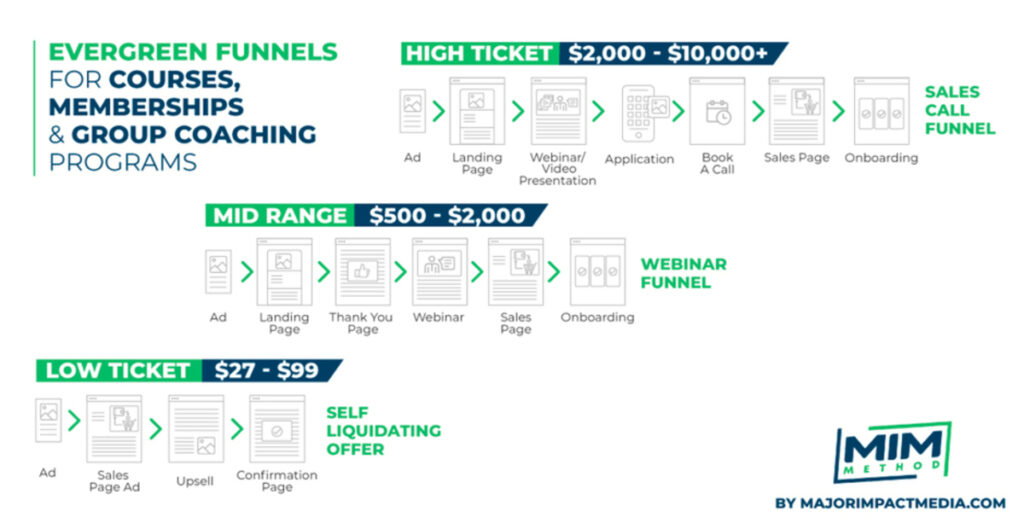
That low-end offer you build and run with ads can then give you customers for “free” because your sales cover the cost of advertising.
So instead of driving traffic to a free PDF and paying to get leads you’re generating customers for free that are far more likely to ascend to your higher ticket products.
You can get profitable this way and then start to automate your process little by little as you grow.
At the end of the day, the more you can charge for your product, the more money you can afford to spend to acquire a customer.
You can build a seven-figure business in a lot of ways.
100 sales X $10k = $1 million
500 sales X $2k = $1 million
37,038 sales X $27 = $1 million
37,037 sales at $27 each can take a long time if you’re trying to run ads and make money in the meantime.
Wrapping It Up
The vast majority of people we work with are running webinar funnels and sales call funnels at a price point above $1,500 because this is what works to sell digital products right now.
Think about how you can prepare yourself for not only what advertising costs are now but what they will be 12 months from now.
One thing is for sure – they will continue to go up.

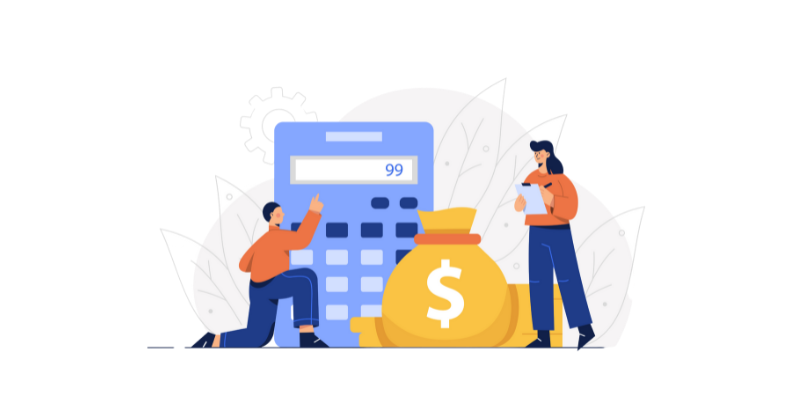
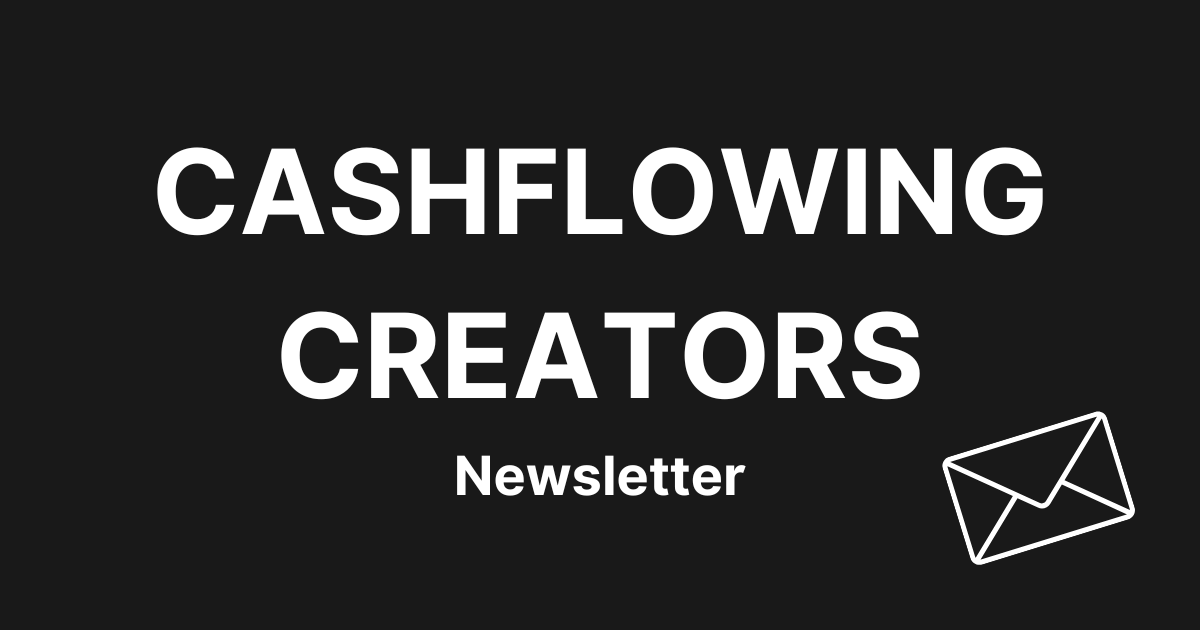
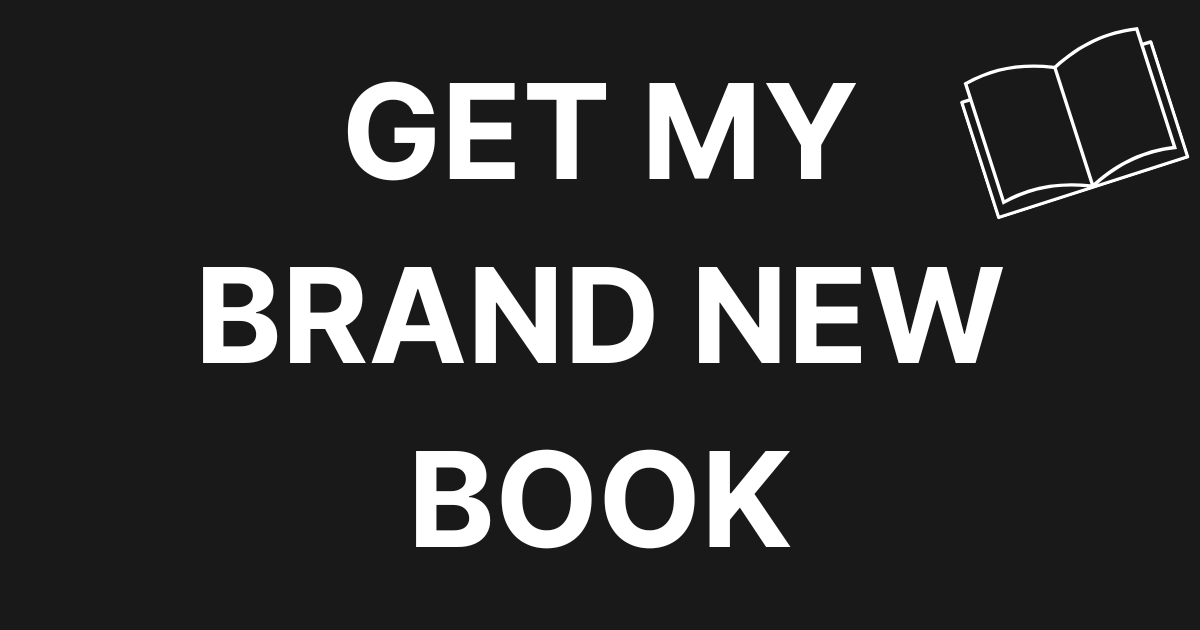
0 Comments